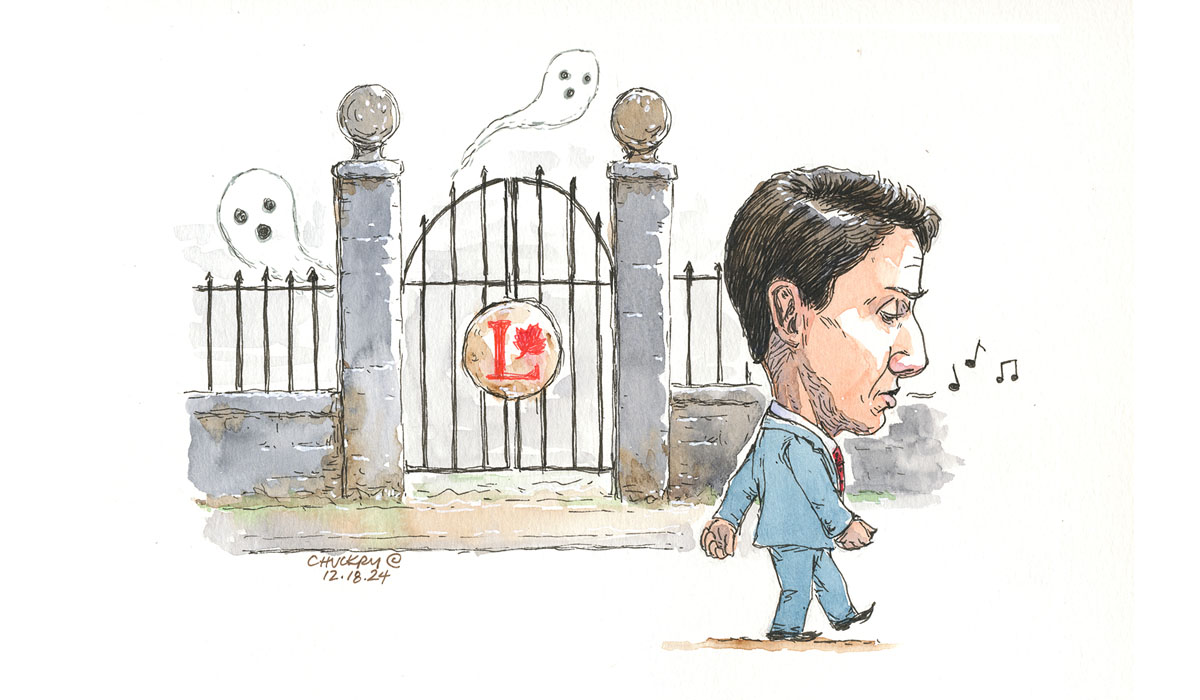Frozen in Time: How the Old Constitution Fuels Modern Political Discontent
- Naomi Dela Cruz
- Trending
- July 25, 2024

Image Credit, Geralt
People often wonder why American politics is so divisive or why certain laws seem detrimental, disruptive, or archaic. The simple reason is the nation’s foundational document. It’s an old relic, and updating or amending it requires monumental efforts. The process involves complex procedures, often needing approval from Congress and sometimes all 50 states. This is why a small clause about the right to bear arms and a well-regulated militia becomes the law of the land for gun control, even when common-sense measures should be straightforward. This is also why Nazis and hate signs can appear on TV and in public life because of the protection of free speech.
Washington DC, not being a state, lacks a National Guard to protect the Capitol during insurrections. The foundational document is essentially the written law of the land. The country is so polarized between the right and left, super right and super left, Democrats and Republicans, that meaningful legislative change seems impossible. People are ingrained with the document; they have grown up with it. These same individuals end up in office or have the financial power to lobby and put others in office to ensure the status quo.
Half of America wants stronger gun laws while the other half desires to own an average of four guns per person, resulting in hundreds of millions of firearms. The idea would be to amend the foundational text to remove outdated and archaic provisions. However, not everyone feels this way. The text, as it stands, continues to divide and dictate the nation’s political landscape. It is a document frozen in time, resistant to the necessary changes that could bridge the growing chasm between opposing sides.
Written over two centuries ago, the document was crafted in a vastly different era. The Founding Fathers could not have anticipated the complexities of modern society, rapid technological advancement, or intricate global interactions. Yet, it remains largely unchanged, with amendments being few and far between. The reverence for it has become almost sacrosanct, creating an environment where any suggestion of change is met with staunch resistance.
This rigidity is evident in the struggle over gun control. A particular amendment, which speaks of a “well-regulated militia,” is often interpreted to justify the widespread ownership of firearms. Efforts to implement stricter gun laws are consistently thwarted by those who view any regulation as an infringement on their rights. The result is a nation where gun violence is alarmingly common, yet legislative progress is stymied by interpretations rooted in the past.
Similarly, the guarantee of free speech protects even the most abhorrent expressions of hatred and bigotry. While freedom of expression is a cornerstone of democracy, the lack of limitations allows for the proliferation of hate speech and extremist ideologies. This creates a paradox where the principles of liberty and equality clash, leading to societal discord and unrest.
The absence of statehood for Washington DC is another example of the outdated framework. The residents of the nation’s capital lack representation in Congress, despite living in one of the most politically significant cities in the country. This disenfranchisement became glaringly apparent during the January 6 insurrection when DC’s lack of a National Guard delayed the response to the violent attack on the Capitol. The calls for DC statehood are a modern plea for representation and protection, yet constitutional and political hurdles make this an uphill battle.
The polarization of American politics can also be traced back to the document. The Electoral College, an archaic system designed for a different time, can result in presidents being elected without the popular vote. This has occurred twice in recent history, fueling political division and questioning the legitimacy of the electoral process. The two-party system, deeply entrenched in American politics, further exacerbates this divide. Gerrymandering and the influence of money in politics, both byproducts of legal loopholes, contribute to an environment where bipartisan cooperation is increasingly rare.
Efforts to amend the document face formidable obstacles. The amendment process, outlined in Article V, requires either a two-thirds majority in both houses of Congress or a constitutional convention called by two-thirds of state legislatures, followed by ratification from three-fourths of the states. This high threshold ensures that only amendments with broad and deep support can succeed. In a deeply divided nation, achieving such consensus is a Herculean task. The Equal Rights Amendment, first proposed in 1923 and still not ratified, exemplifies the difficulty of enacting change through this process.
The reverence for the document and the difficulty of amending it create a status quo that resists progress. Political leaders, influenced by powerful lobbying groups and partisan interests, often lack the will or ability to pursue meaningful reforms. This inertia allows outdated provisions to persist, perpetuating a cycle of division and dysfunction.
While remarkable in its time, the foundational text has become a double-edged sword in modern America. Its rigidity and the near-impossible task of amending it mean that the nation is often bound by the limitations and ideologies of the past. In a rapidly evolving world, this can hinder progress and exacerbate divisions. The principles of democracy and liberty enshrined in the document remain vital, but without the ability to adapt and evolve, these principles can become impediments to unity and justice. The need for change is evident, but the path to achieving it is fraught with challenges and opposition. The document should be a living framework that evolves with society, not a relic that chains the nation to its past.








